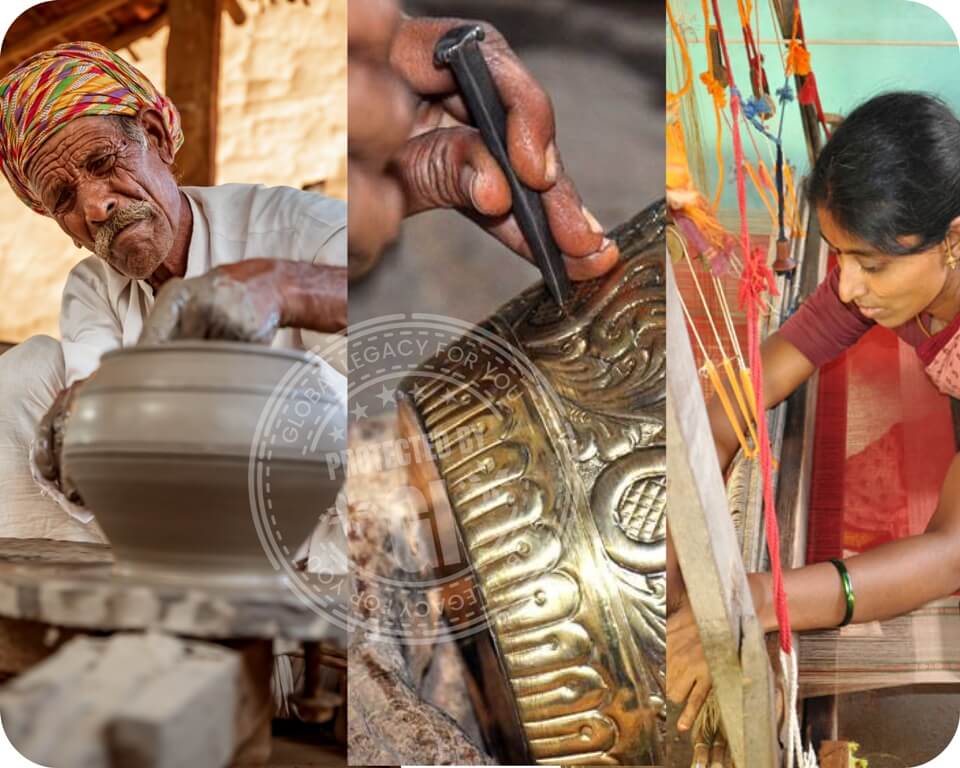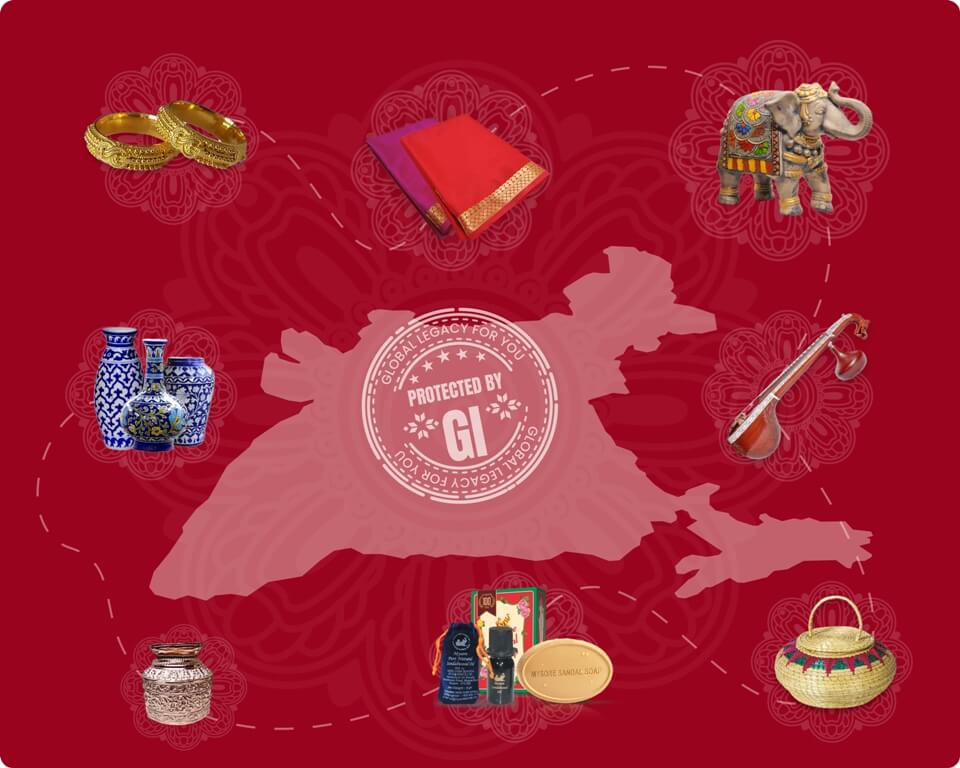
Protecting Indian Geographical Indications: Challenges and Opportunities for Local Communities and Entrepreneurs
India is a country that boasts of a rich cultural heritage, where every region has its own unique products that are identified by their geographical origin and traditional knowledge. These products, known as Geographical Indications (GIs), have been passed down through generations of artisans, farmers, and producers, who have preserved their traditional skills and knowledge to produce exceptional products that are unmatched in quality and authenticity.
From the lush tea plantations of Darjeeling to the picturesque orange orchards of Nagpur, India's GI-tagged foods are a testament to the unique qualities of the land they come from. These products not only represent the country's rich culinary heritage but also contribute significantly to the local economy. However, protecting these GIs presents both challenges and opportunities for local communities and entrepreneurs.
One of the biggest challenges in protecting GIs is the lack of awareness and understanding among consumers and producers. Many consumers are unaware of the significance and value of GIs, while producers may not fully comprehend the legal framework and the benefits of GI protection. This can lead to misappropriation, counterfeiting, and infringement of GIs, causing economic losses and cultural erosion.
Take the case of the famous Pashmina shawls of Kashmir. These shawls are made from the fine wool of the Himalayan Mountain goat and are renowned for their softness, warmth, and intricate embroidery. However, due to the lack of awareness and regulation, many low-quality imitations flooded the market, leading to a decline in the demand for the genuine product. This not only affected the economic well-being of local artisans but also dilute the authenticity and cultural value of the real pashmina shawls.
Another challenge is the complex legal framework for GI protection. In India, GIs are protected under the Geographical Indications of Goods (Registration and Protection) Act, 1999. However, the registration process can be time-consuming and cumbersome, requiring detailed documentation and evidence of the product's unique qualities and attributes. The legal framework also lacks clarity on issues such as collective ownership, enforcement mechanisms, and the rights of local communities.
Despite these challenges, GI protection presents several opportunities for local communities and entrepreneurs. GI protection can help to promote economic growth and sustainable development by creating opportunities for local farmers and producers. It can also promote tourism and cultural exchange, as GI products are often associated with the unique cultural heritage of a particular region.
For instance, the GI-tagged Darjeeling tea, grown in the Himalayan region, has become one of the most sought-after teas in the world, thanks to its distinctive aroma and delicate flavor. The tea not only supports the local economy but also promotes tourism and cultural exchange, as visitors come to experience the unique flavor and aroma of Darjeeling tea.
To overcome these challenges, various initiatives have been taken to promote GI protection and awareness. The government has launched programs and workshops to increase awareness and capacity building among local communities and producers. These initiatives help to highlight the value and significance of GIs and the legal framework for their protection.
For instance, in the state of Tamil Nadu, a community of weavers in Kancheepuram has been working to protect their traditional craft of weaving silk sarees. The weavers have formed a collective and obtained GI registration for their product, Kancheepuram silk sarees. The collective has also launched awareness campaigns and workshops to educate consumers and producers about the importance of GI protection and the unique qualities of Kancheepuram silk sarees.
GI protection can also be an effective tool for promoting sustainable development and economic growth. By protecting GIs, local communities and entrepreneurs can tap into the commercial value of their products and create opportunities for growth and development.
In conclusion, protecting GIs presents both challenges and opportunities for local communities and entrepreneurs. While the lack of awareness and complex legal framework can be daunting, increased awareness and capacity building can help to overcome these challenges and promote the economic and cultural value of GIs. Protecting GIs is not only essential for preserving India's cultural heritage but also for promoting sustainable development and economic growth.
Leave A Comment
Your email address will not be published. Required fields are marked *

 INR
INR USD - $
USD - $
 CAD - Can$
CAD - Can$
 EUR - €
EUR - €
 GBP - £
GBP - £
 SGD - S$
SGD - S$
 AUD - A$
AUD - A$
 MYR - (RM)
MYR - (RM)


0 Comment